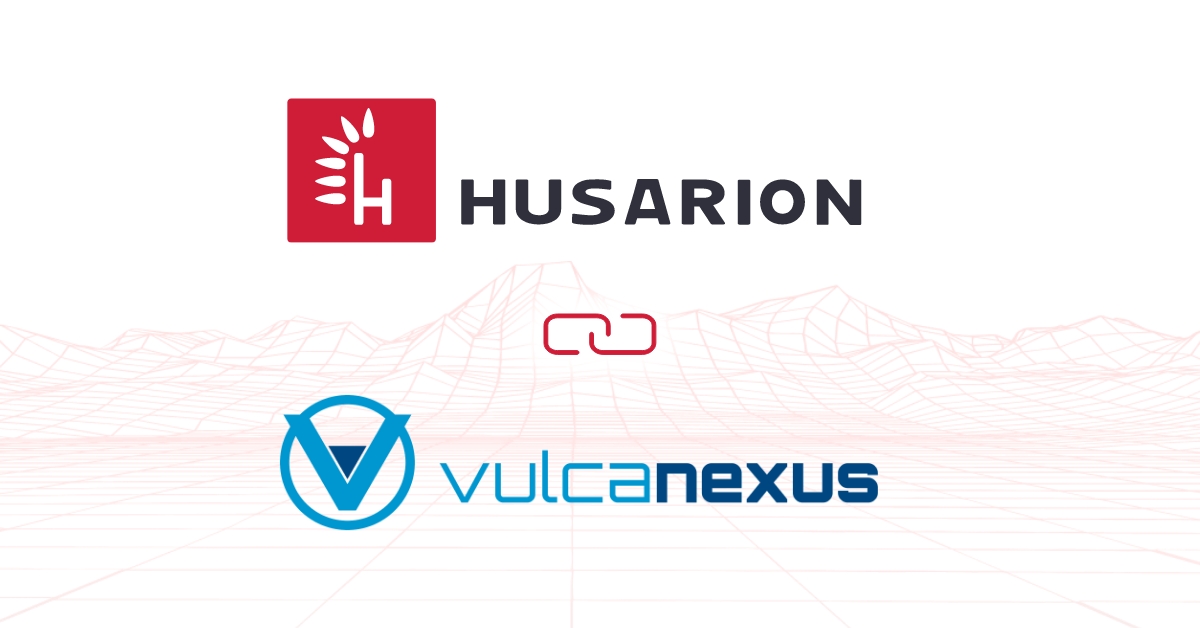Vulcanexus tutorials

Husarion is an official partner of the Vulcanexus project. Vulcanexus is for ROS 2, what Ubuntu is for Linux - it’s like a new ROS 2 distribution, but with many cool features and tools that improve user experience in a development of complex robotic systems.
Vulcanexus ecosystem integrates the following modules to make robotic developer life easier:
-
CORE - basically it's ROS 2 + Fast DDS - so the same combination as in the latest ROS 2 Humble distro. The unique feature of Fast DDS is that next to the standard DDS discovery mechanism (based on multicasting), it provides ROS 2 Discovery Server mechanism that reduces discovery traffic a lot and makes the discovery mechanism more reliable and repetitive - especially for Wi-Fi based setups. If multicasting in the given network is not enabled, then usually the hardcoded peer list is needed to be maintained on each host. That is problematic in case of robotic fleet scaling. Thanks to Discovery Server, only the Discovery Server's address needs to be stored in XML profile files, which makes adding new peers to the network straightforward.
-
MICRO - micro-ROS to put ROS 2 into microcontrollers. ROSbot XL firmware running on STM32F4 microcontroller is based on this project, allowing you to use ROS 2 abstraction at the embedded firmware level. Here's how it works: micro-ROs (running on a microcontroller) connects to the rest of the ROS 2 system by using a micro-ROS Agent (running on the SBC side). Basically this project is for ROS 2, what rosserial was for ROS.
-
TOOLS - this Vulcanexus module contains a set of programs for DDS debugging and performance improvement. The most interesting of them is ROS 2 Monitor which is a Wireshark-like GUI tool for DDS monitoring.
-
CLOUD - thanks to ROS 2 Router it is possible to bridge different ROS 2 domains, using different discovery mechanisms (simple or Discovery Server based) with topic filtering. That can be especially useful for robotic fleets deployment and for running parts of the robotic system in the cloud.
-
SIMULATION - a default simulation tool for Vulcanexus is Webots which is relatively fast and optimized for working in web browsers.
All the mentioned components will be continuously updated by Vulcanexus so you can always take advantage of the latest features and improvements.